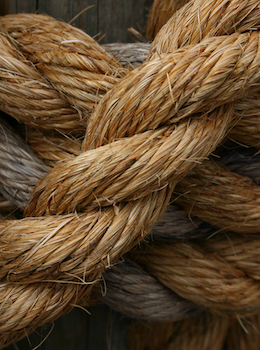Product Description
Cartier “Woven Loop” bracelet, yellow and white 18K gold, signed, c. 1950’s


Cartier “Woven Loop” bracelet, yellow and white 18K gold, signed, c. 1950’s
WILHELM SCHMIDT (b. 1880) Austria
PRAG-RUDNICKER KORBWAREN-FABRIKATION Austria
Vienna arts & crafts stool c. 1902
Oak, rattan
Illustrated: Das Interieure III “Wiener Kunst im Hause Exhibition”, Wien, 1902, p. 169; Prag-Rudnicker Korbwaren-Fabrikation Catalog, 1902/1903, No. 508. Korbmöbel, Eva B. Ottillinger (Salzburg: Residenz Verlag, 1990) p. 106, illus. no. 99, Moderne Vergangenheit Wien 1800-1900 (Vienna: Künstlerhaus, 1981) p. 271;
H: 19 1/2″ x W: 19″ x D: 17 5/8″
Price: $4,800
Wilhelm Schmidt was one of a number of avant-garde designers, along with M.H. Baillie Scott, Peter Behrens, and Henry van de Velde, who incorporated the traditional material of rattan, or wicker, into their furniture designs during the early part of the century. For this stool, the Viennese designer used rattan in the much same way that a furniture maker of his day would have used upholstery on seating furniture. It provides a supportive, yet yielding and therefore comfortable seat.
ROGER GEORGES ANDRÈ DUVAL (1901-?) Meudon (Seine-et-Oise), France
La Chambré 1924
Oil on canvas
Signed and dated: ROGER DUVAL XXIV(lower left)
Exhbited: Paris, Salon des Indépendants, 1926, no. 1122
For more information see: Dictionnaire des Peintres, Sculpteurs, Dessinateurs et Graveurs, Vol. 4, E. Bénézit (Paris: Librairie Gründ, 1976).
Painting: H: 23 2/3” x W: 36 1/5”
Framed: H: 35” x 47 5/8”
Roger Duval painted in a modernist figurative style and beginning in 1920 regularly exhibited at the Salon d’Automne and the Salon des Indépendants in Paris. In 1925 he was awarded a prize by Paul Poiret for a painting entitled Conversation and again in 1926 for another painting entitled Bal Musette. Also in 1926, La Chambrée (1924) was exhibited in Paris at the Salon des Indépendants. By 1928 Duval’s technique had evolved into a moderninst/cubist style and a group of his paintings were featured in an Exposition of Painting and Sculpture in Boston, MA.
It is interesting to note Duval’s shared vision with Picasso in their depiction of peasant figures in repose. Their full-bodied, voluptuous and sensual forms illustrate both artists’ sculptural approach to painting in the early 1920s. However by the mid-1920s Duval and Picasso’s painting styles evolved from these softer, rounded shapes into more angular, abstracted forms.
